Sightseeing Spots
Search Results308
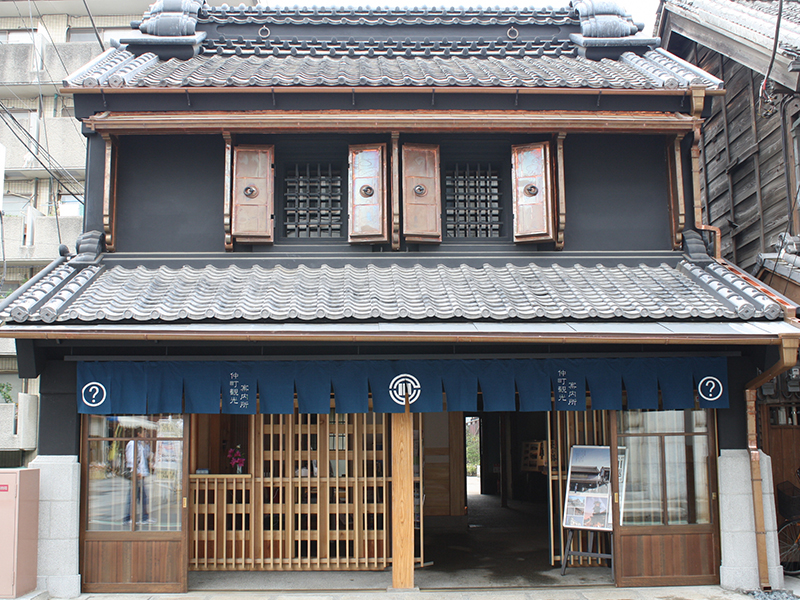
Situated at the Nakacho intersection, the entrance to the Kurazukuri district, the Kawagoe City Nakacho Information Center is filled with useful information and housed in a traditional warehouse! You can also connect to their free Wi-Fi and use their baggage storage service (for a fee).
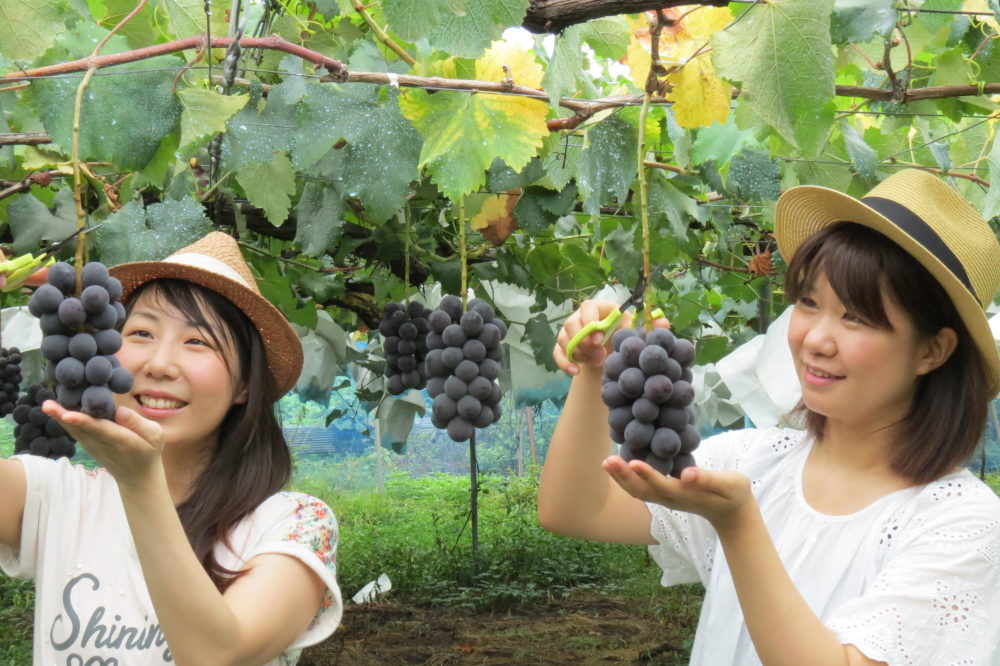
This facility consists of 12 groups of fruit farmers, with the closest station being Ashigakubo Station on Seibu Chichibu Line. You can find this collection of fruit farms, aka Fruits Village, by the southern slope of Hinatayama in the Ashigakubo district. Fruits are harvested all year round, with strawberries from early January to mid-May, plums from early July to mid-August, and grapes from mid-August to mid-October. The sweet taste of fully-ripened fruits and the clean air of the great outdoors is a special experience. We encourage you to stop by! There is also a restaurant, “Ashigakubo Fruits Garden,” a “Farming Village Park” with a 100-meter roller slide nearby, and many great courses for hiking.
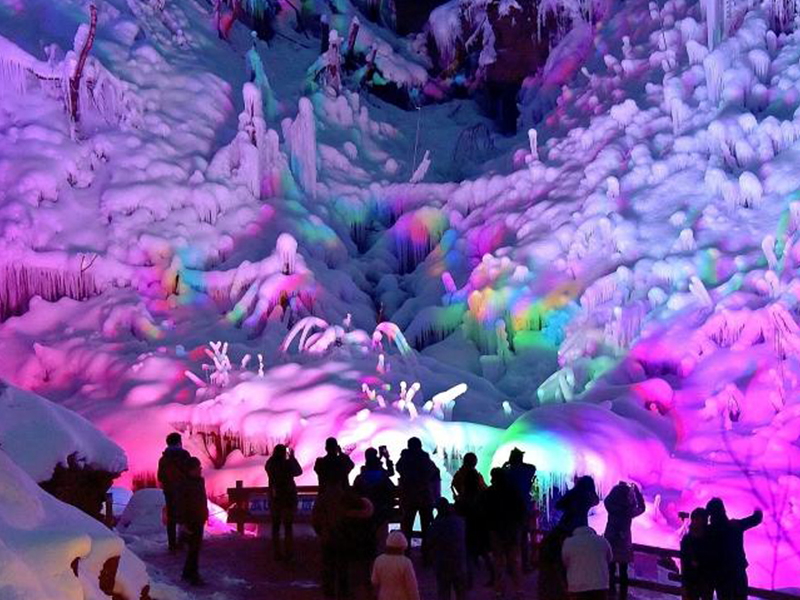
The magnificent and beautiful “Ashigakubo Icicles” is one of Chichibu’s three major icicle formations. These icicles, measuring about 30 meters high and 200 meters wide, are artificially created by sprinkling stream water on the slope of the mountain. Every year from early January to late February, you can immerse yourself in a fantasy realm created by nature and the locals.
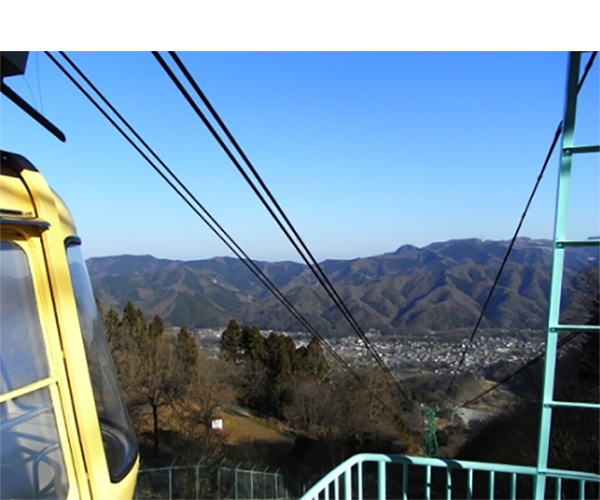
This ropeway was installed on Mt. Hodōsan at an altitude of 497 meters, connecting the 832 meter distance from Sanroku Station to Sanchō Station in 5 minutes. The two gondolas go back and forth between Sanroku and Sanchō Stations operating under a four-line crossing system. The gondolas’ names, “The Bambi” and “The Monkey I,” both originate from the popular Japanese macaque and deer that inhabit the small zoo on Mt. Hodōsan.
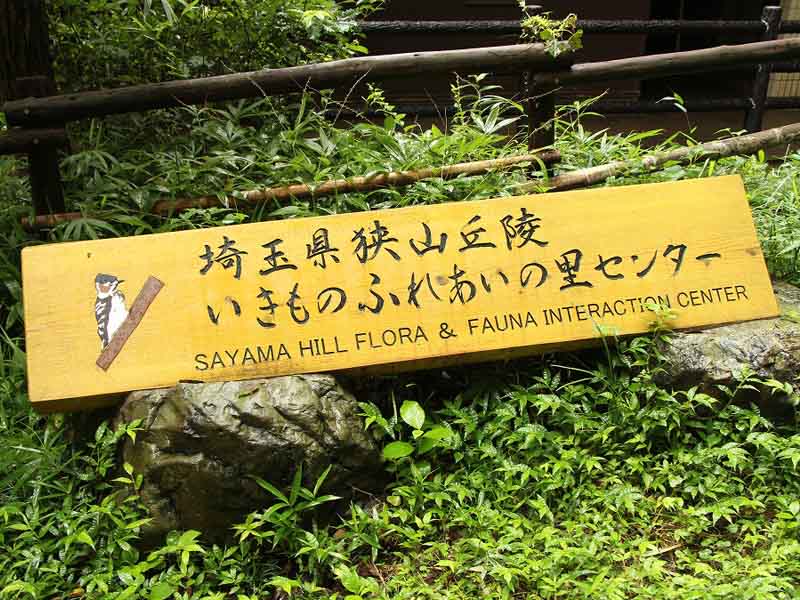
This facility utilizes the nature of Sayama Hills as an opportunity for us to interact with and think about our relationship to nature. There is an exhibition room, observation balcony, seminar hall, outdoor grilling space, and much more. There are also five themed spots on a hill adjacent to the center: Waterbird Paradise, Bug Forest, Wetlands Village, Tree Forest, and Butterfly Forest.

The Kinchakuda Park was formed by the zigzagging flow of the Koma River that runs through Hidaka City, and is called Kinchakuda because its shape resembles a kinchaku (traditional drawstring money pouch). The park is a 500 meter diameter flatland surrounded by a river with a surface area of about 22 hectares. Flowers such as rape blossoms and cosmos bloom every season, but the highlight is the 5 million red spider lilies that dye the park crimson every autumn, like a giant, beautiful red carpet.
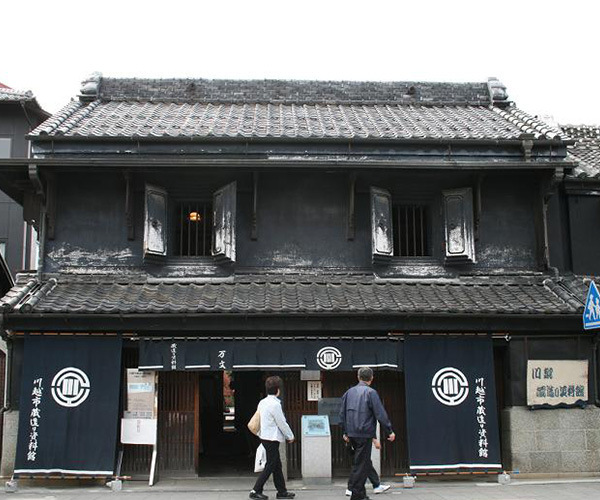
※The museum has been undergoing earthquake-proofing renovation since 2017, and is currently closed to the public. The Kawagoe Kurazukuri Museum was built by tobacco wholesaler Koyama Bunzō after the great fire in 1893 and designed referencing the few houses of Kurazukuri which survived the fire and merchant houses of the Tokyo Nihonbashi area. Visitors can tour the inside of the Kurazukuri houses of Kawagoe, where the atmosphere of the Meiji era can be felt to this day in the buildings' structure and design.
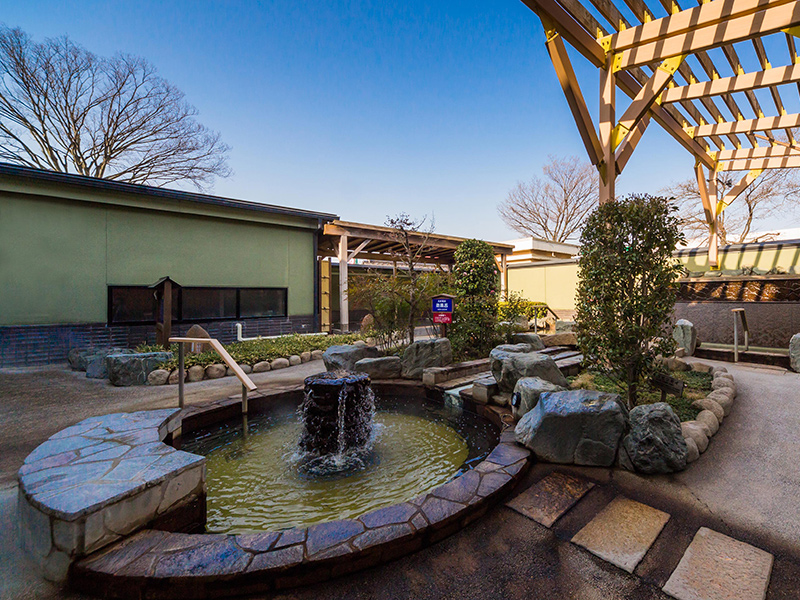
At our hot spring you can enjoy low mineral content water typical of the top hot springs in Japan in a traditional Japanese-style outdoor bath. You can also use the ganban`yoku hot stone bath, reclining chairs, massage machines and the popular free relaxation area. There is even a high-concentration carbonated spring, which garners attention from the medical industry, making our facility the ideal place for a full day of relaxation.
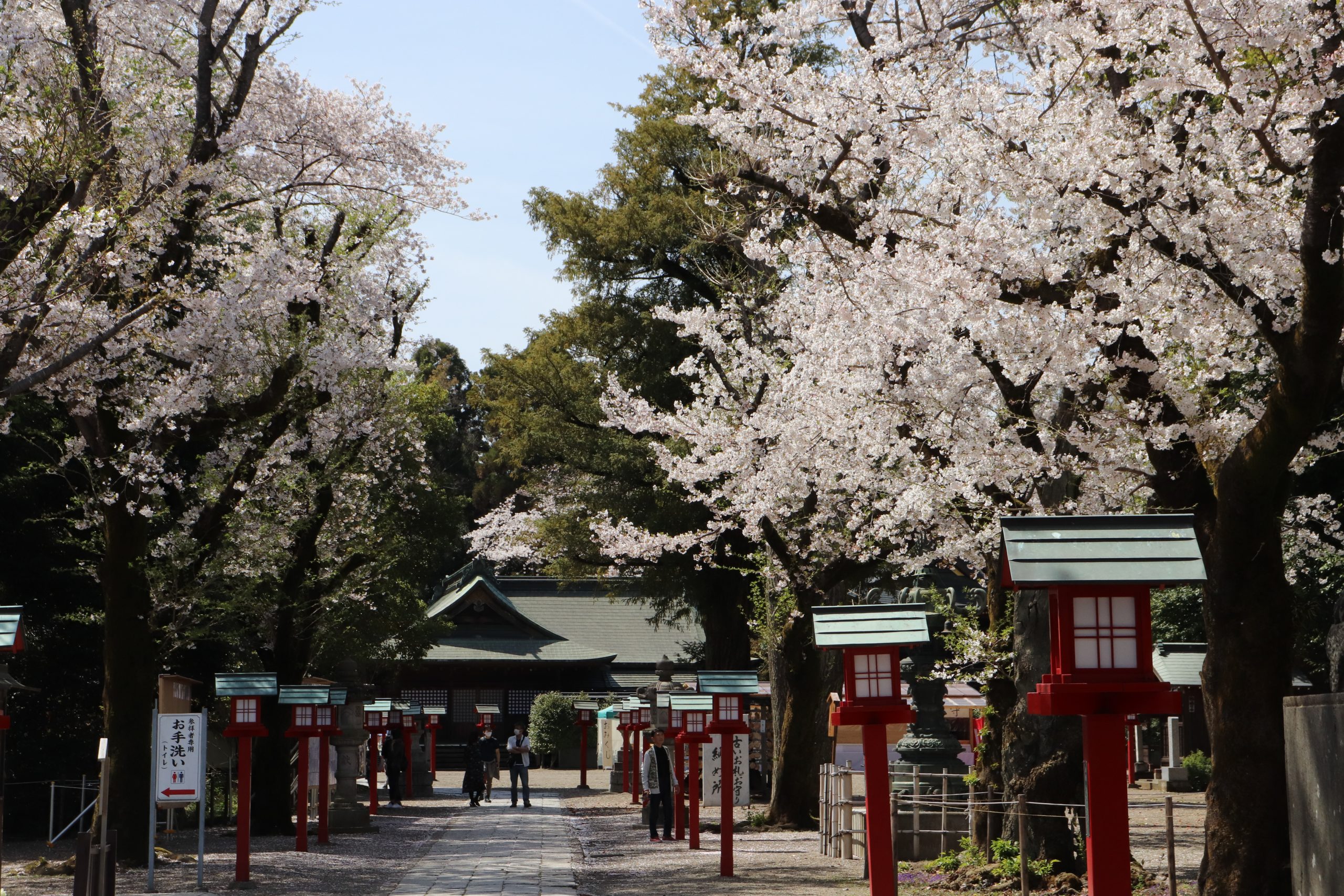
This is the oldest grand shrine in Kanto. It is said to have been founded by descendants of the Izumo family because of its old nickname, Hazenomiya; another theory is that it was established by Yamato Takeru 1900 years ago in the time of Emperor Keikō. The Washimiya Saibara Kagura music and dance is a tradition in the shrine and is designated as an important intangible folk cultural property of the country. The shrine also appears in the animation “Lucky Star,” and Washimiya shrine uses this connection to the work to revitalize the area.
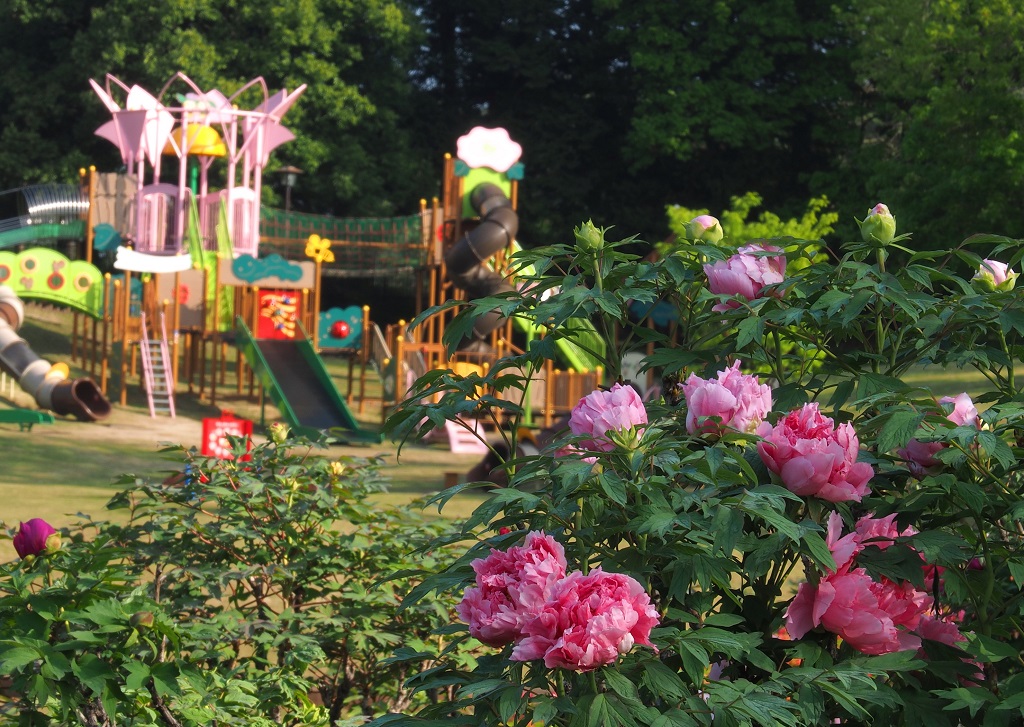
Opened in 1990 as part of efforts to promote the official city flower, the peony (botan). A prominent peony park in the Kanto region, roughly 30,000 square meters of colorful peonies bloom from mid-April to early May, culminating in the Peony Festival (botan matsuri) during peak bloom. Throughout the year, visitors can also view hydrangea, Japanese maple and wintersweet, and enjoy facilities such as a large playground complex, an open lawn, and an observatory.

Plum planting began in 1986 at Ume Hyakkaen Garden. You can enjoy about 170 varieties of plum flowers, including rare ones such as the early blooming red plum during the winter solstice and the three famous flowers of the moon, mangetsu, tagoto, and soumei. From mid-February, about 470 plum are in full bloom, and the fragrant plum scent spreads all the way to the summit.
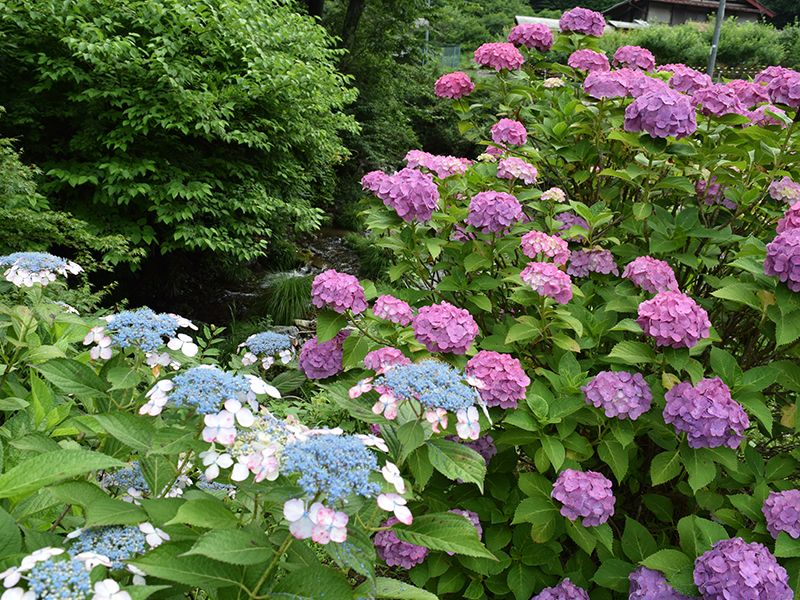
There are around 1,500 hydrangea plants in bloom along this 3-kilometer-long road, and you can enjoy the fresh air and chirping of birds while surrounded by nature.
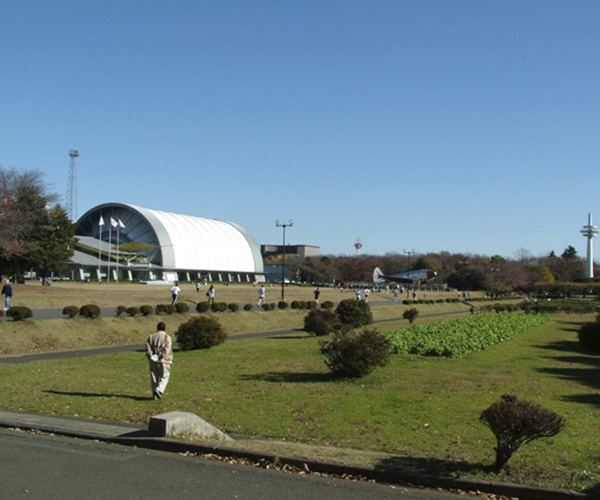
This large park was built on the site of Japan's first airfield, Tokorozawa Airfield, and has an area of about 50 hectares. Overflowing with nature, the park is never without visitors. There are real airplanes, as well as sports facilities, an athletic field with artificial grass, a tennis court and a baseball field. There is also an outdoor stage, tearoom and a Japanese garden, making the park a center for sports and culture exchange in western Saitama. (For more information regarding the facility, please refer to the URL below.)
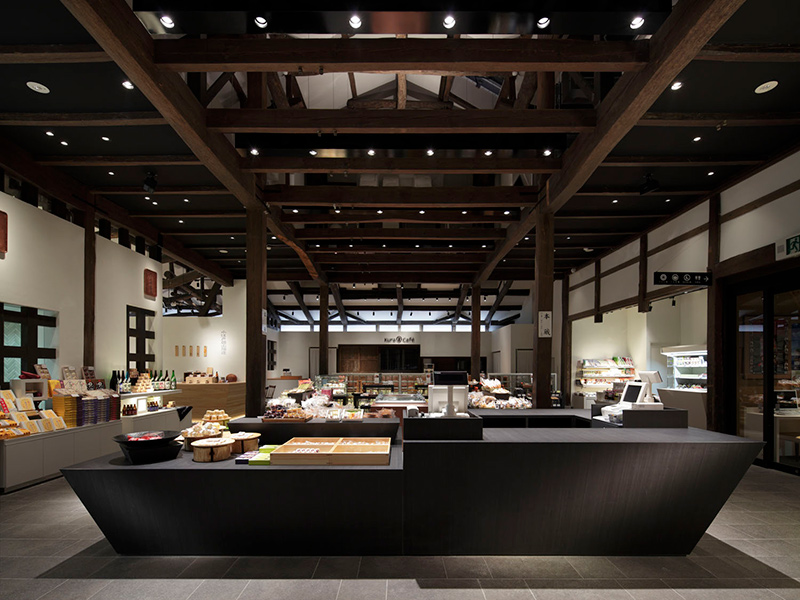
Koedo Kurari is an improved facility retaining the atmosphere of the original Kyūkagamiyama brewery, established in 1875. The brewery, built through the Meiji, Taisho, and Shōwa periods, was remodeled and designated as one of Japan's registered tangible cultural properties along with the three warehouses: souvenir shop (Meijigura), Restaurant (Taishōgura), Japanese sake shop (Shōwagura), and meeting space (Tenjigura).
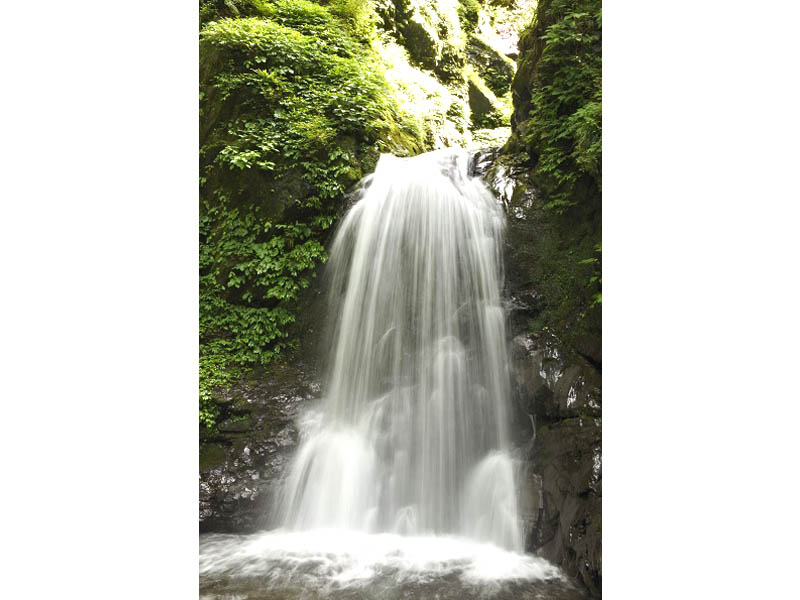
Enjoy the refreshing air around this beautiful waterfall originating from a mountain stream that flows from Mt. Ryokami in the Chichibu mountain range. Also, Onouchi Hyakukei Icicle, one of the three major icicles of Chichibu, can be found here from the beginning of January to the end of February every year.
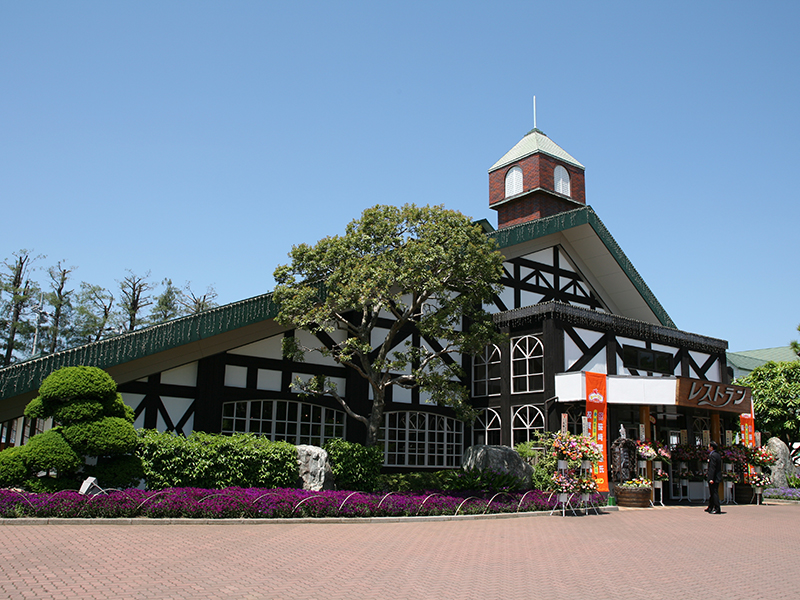
Established in 1946, our slogan is “from farm to dining table,” and we take pride in producing healthy and delicious ham and sausages using meat from the pigs raised on our farm. The quality of our product has been recognized for its authenticity in Germany, and has won many gold awards in international food contests. Featuring a theme park revolving around pork and health, there are gourmet pork meals, a farmers market selling local fresh vegetables and a relaxing hot spring, for a day full of leisurely fun.
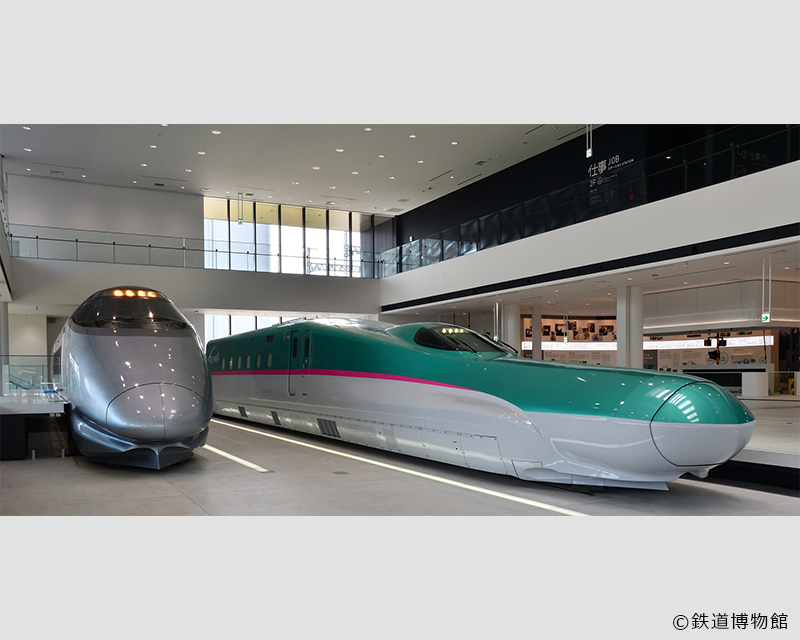
The railway museum opened on October 14th, 2007 in Ōmiya, Saitama as part of Japan Railways (JR) Group’s 20th-anniversary commemorative project. The South Building was newly opened in July of 2018, with the permanent exhibition of the main building renewed extensively. Through this renewal, the inside of the building has been divided into stations of 5 categories: rolling stock, history, job, science, and future, updating the museum to tell the rich story of the relationship between humans and railways from a unique and diverse perspective.
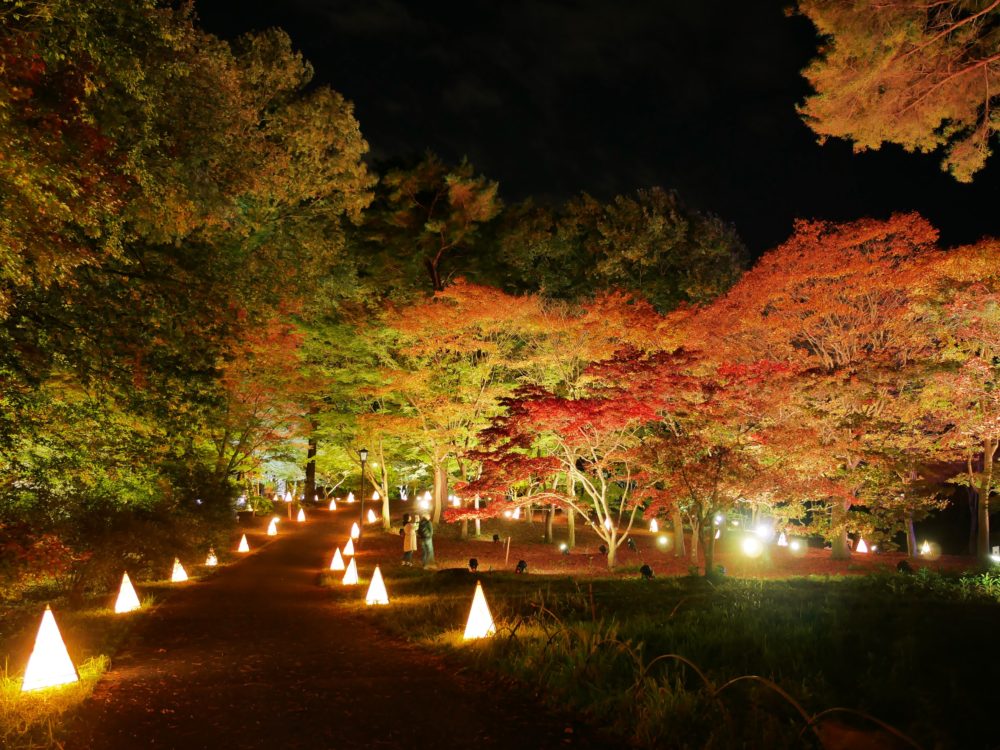
The Musashi-Kyuryo National Government Park was built as part of the Meiji Centennial Commemorative Project. Musashi-Kyuryo is Japan's first national park and is located on a vast, hilly area of 304 hectares stretching between Namegawa Town, Hiki District and Yagii, Kumagaya City, Saitama Prefecture. The park is mainly forested areas, and includes ponds, swamps, marshes and grasslands, for a diverse ecology where precious flora and fauna can grow and thrive. It is also one of few places within the metropolitan area where you truly can feel in contact with nature.
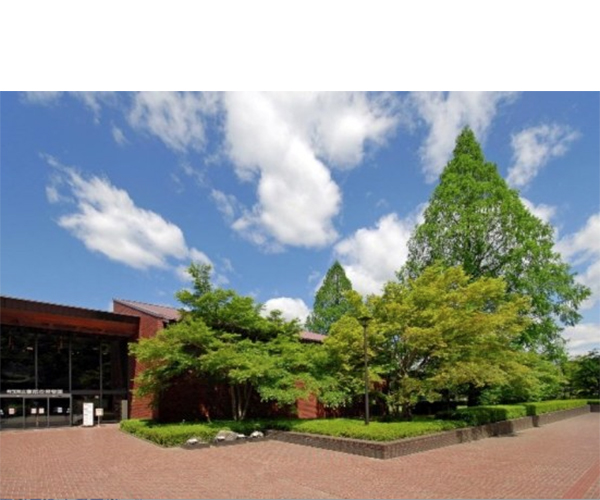
Presenting the theme, "From the past to the future: traveling 300 million years through Saitama's history of people's coexistence with nature," Saitama Museum of Natural History stores various resources related to nature, and displays the fossils of giant shark, “Megalodon," and mysterious sea animal, “Paleoparadoxia," discovered in Saitama Prefecture. The museum is constructed into two halls: the "Geology Exhibition," where visitors can learn about various fossils, rocks and minerals, geological strata and earth formations, and the "Biology Exhibition," featuring large dioramas of the four major forests of Saitama and the animals that live in them. Nagatoro area is a perfect example of the nature in Saitama, and here you can enjoy detailed explanations of its characteristics for a deeper understanding. You can also enjoy simulations and free audio guides. (For more information regarding the facility, please refer to the URL below.)
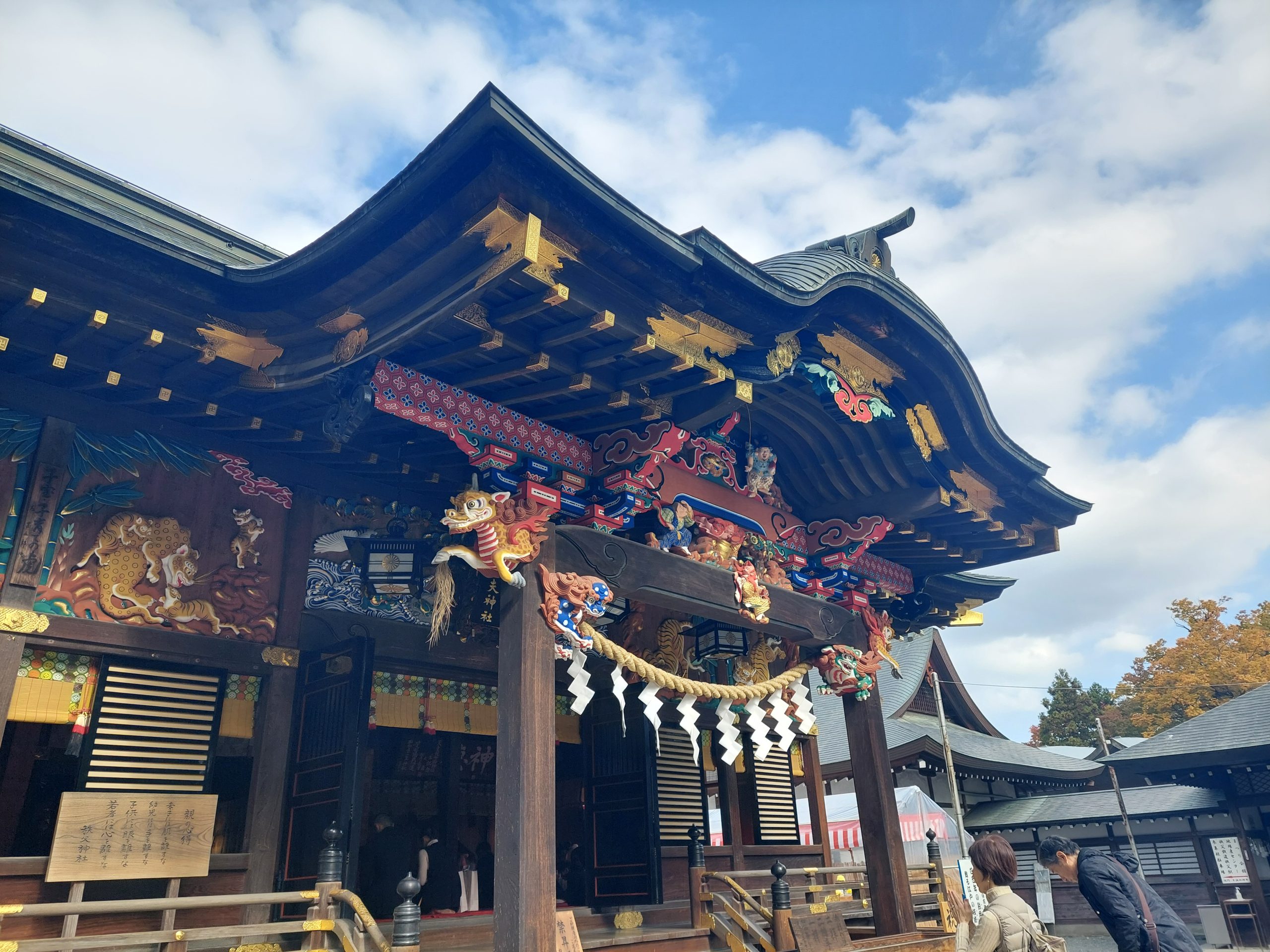
Marking 2100 years, Gochinza, a Sōja of Chichibu, has been revered since ancient times. In a forest of oak, there is an atmosphere with style and solemn beauty. The existing main building of the shrine is a contribution of Ieyasu Tokugawa in 1592 and was designated as Saitama Prefecture’s tangible cultural property due to the fact that it holds much of the Edo period’s early architectural style.
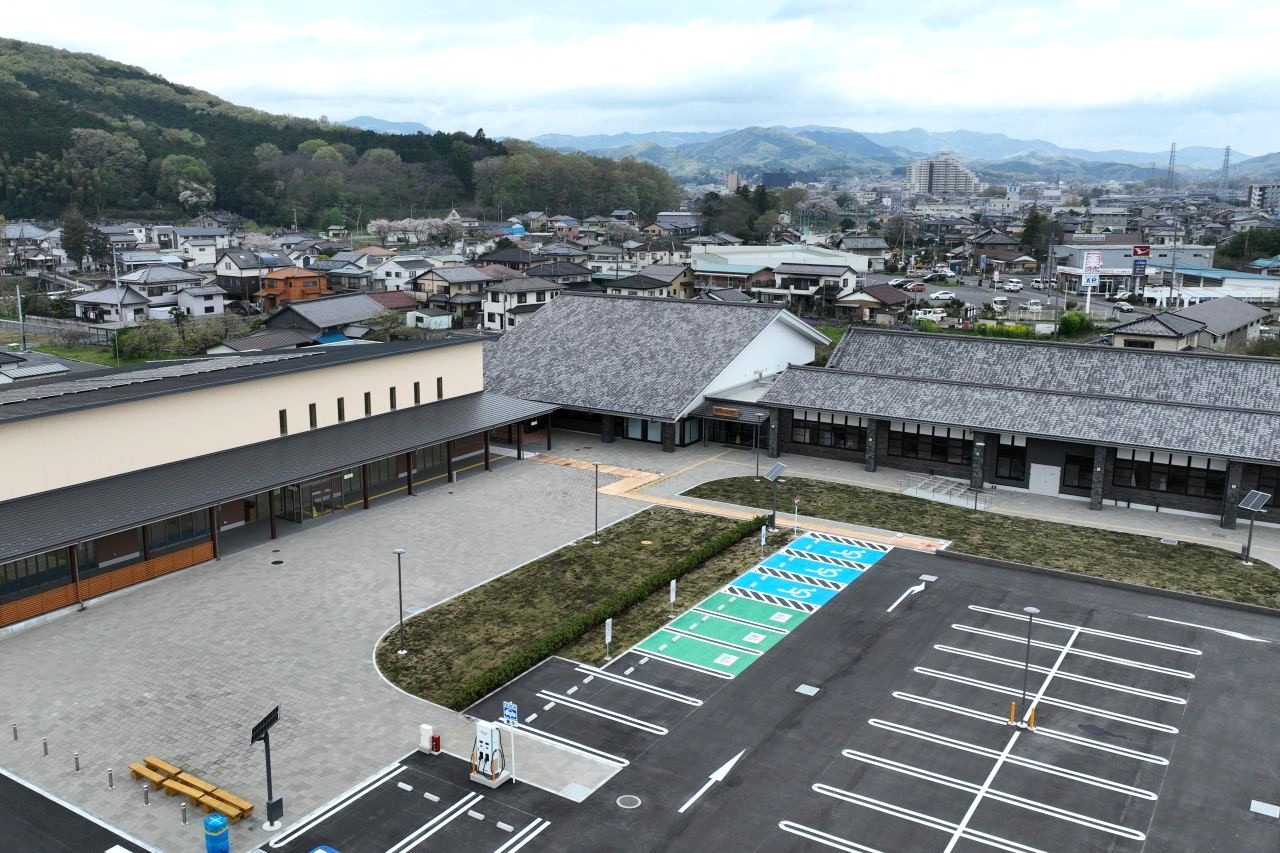
Reopening May 30, 2025: Roadside Station Ogawamachi is being renewed as a vibrant hub for cultural exchange and regional revitalization, centered around the theme of “Handmade Washi Paper and Organic Lifestyle.”
[Traditional Craft Area]
Try your hand at traditional papermaking, uchiwa fan crafting, and washi lantern making. Please visit our Traditional Crafts Facility page for more details. There’s also a washi exhibition room and a shop where you can purchase washi products.
[Local Industry Promotion Area]
Features a gift shop with local specialty products, a farmers' market selling fresh local produce, a cafeteria, and places to enjoy fast food and sweets.
[Community Plaza]
Includes a fun playground for children.
You can also rent electric-assist bicycles, electric tuk-tuks, and electric scooters—perfect for touring the surrounding countryside.
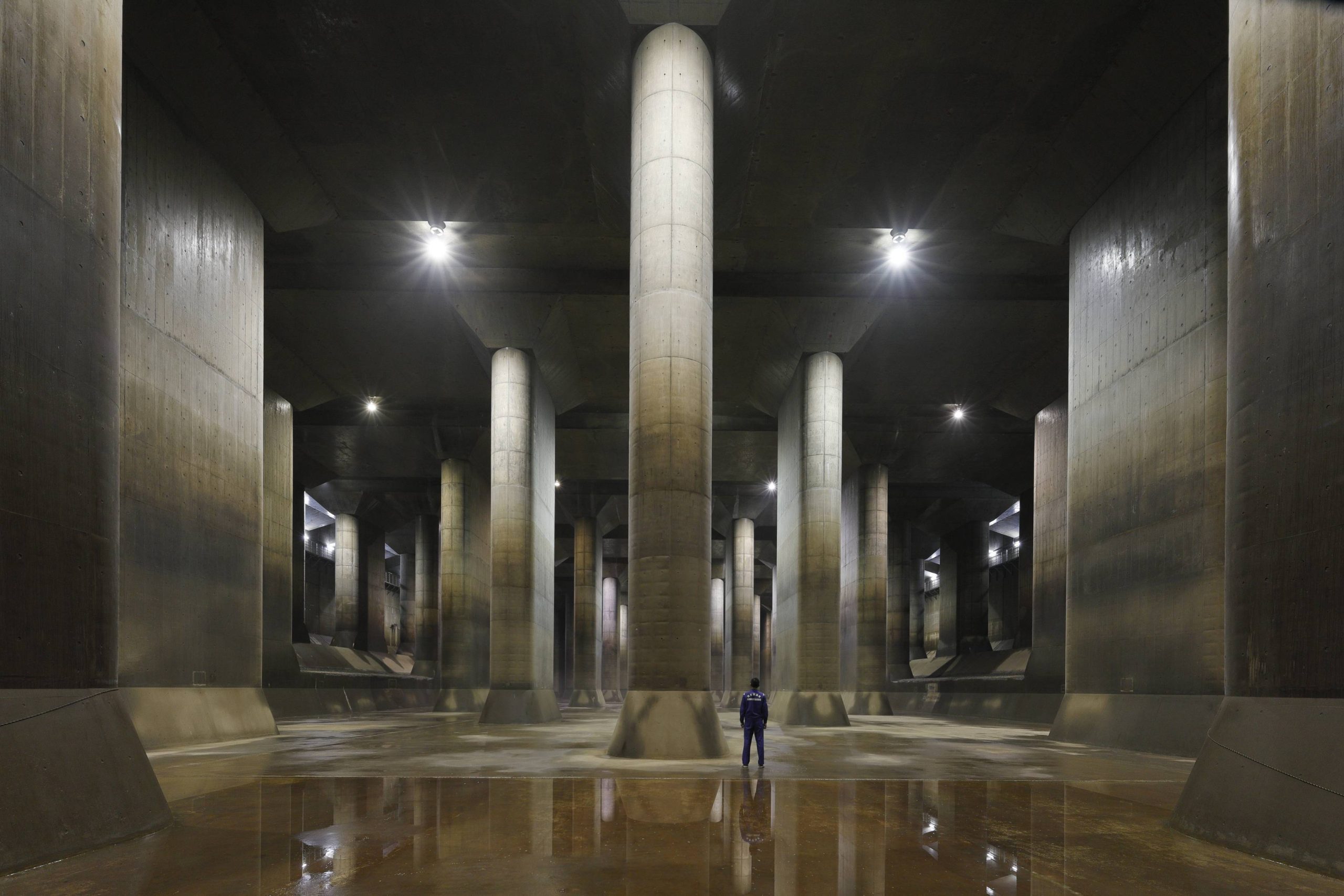
To help visitors learn more about the role of the regional flood control facility, “Metropolitan Area Outer Underground Discharge Channel,” we have increased the appeal of our tours and begun the second installment of this ongoing social experiment. In addition to the wildly popular tour of the surge tank, known as the "underground shrine," we have added secret passages, pump rooms, and sections of the gas turbine which will be opened to the public in 4 different courses. We encourage you to experience the grandeur of the “Metropolitan Outer Area Underground Discharge Channel.” Please check the URL below for details regarding tours and facilities. Notes on the reservation site: You can switch to English by clicking on the mark next to the earth symbol in the top right corner of a header section
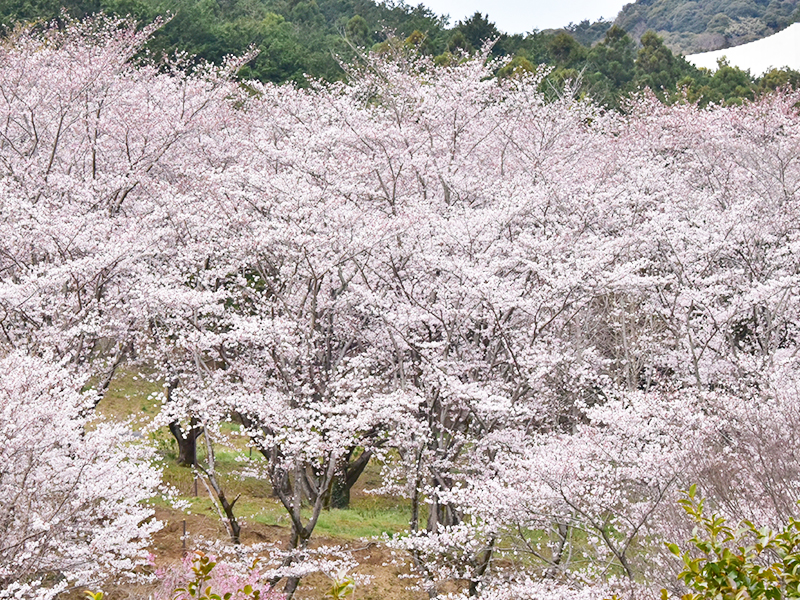
Around 300 Someiyoshino cherry trees are in full bloom at Sakuranoyama Park in early April and the mountain peak boasts a view that overlooks the Saitama-Shintoshin area. A large fireworks display is held every year on the second Saturday of May.
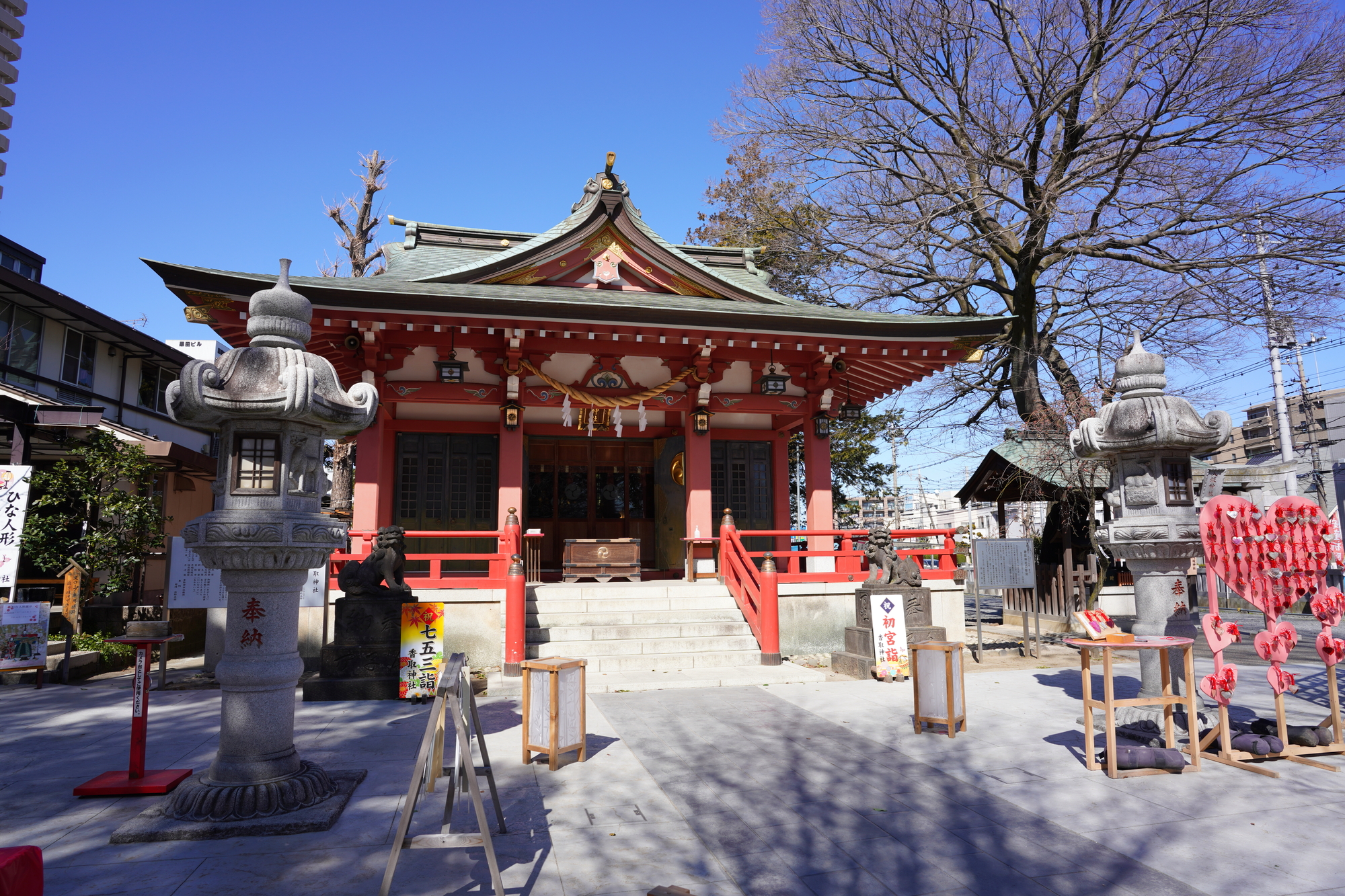
This is the Ōsawa village shrine. It is said the Katori Shrine was transferred here from Sagishiro. The “Meisaichō” notes the shrine's establishment as Ōei era (1394 to 1428). This area belonged to Shimōsa Province in the middle ages, and Katori Shrine, the province's first shrine, was invited to the village as its guardian deity and built in Sagishiro. It was moved to its current ground around the Kan’ei era (1624 to 1644) due to the maintenance of the Ōushū Kaidō. According to the sign displaying date of construction (munafuda), the current main shrine was renovated in 1866. A pattern from the fabric-dyer is engraved around one side of the main shrine. It is the work of Takejiro Hasegawa who resides in Mount Asama San’ya-machi and is the city’s designated cultural property.
This site uses cookies to improve the user experience. If you continue to browse, you consent to the use of cookies on this site. Accept
CONTACT
